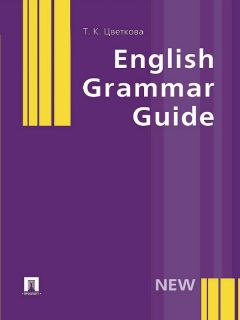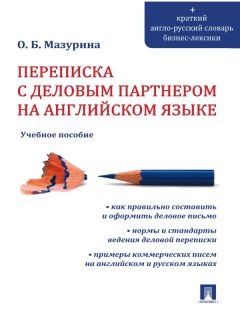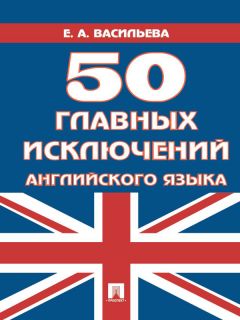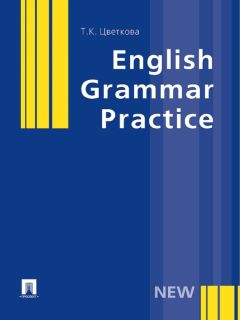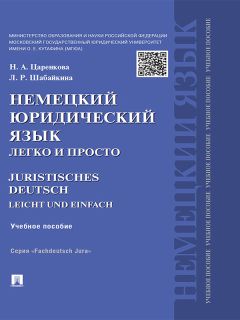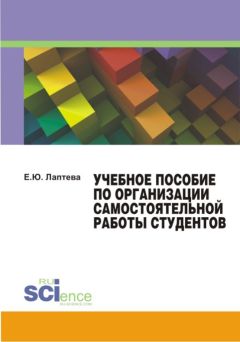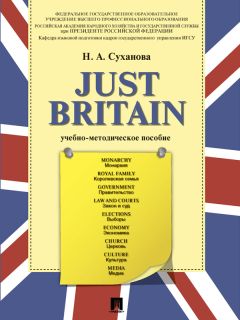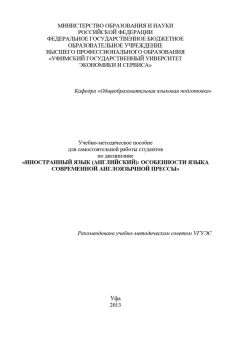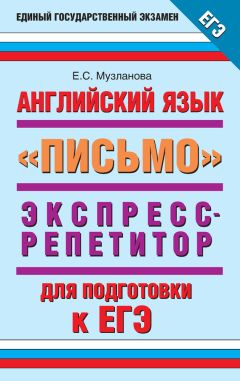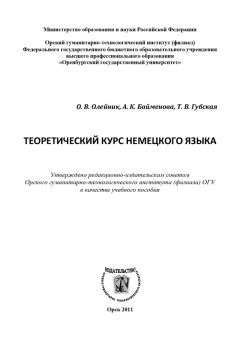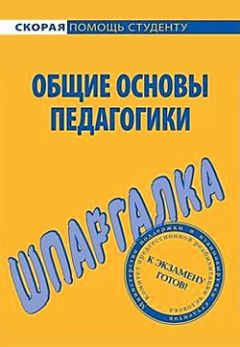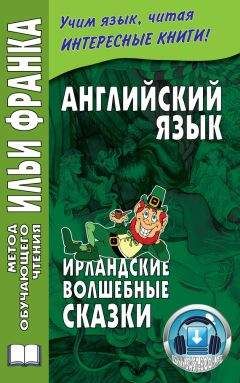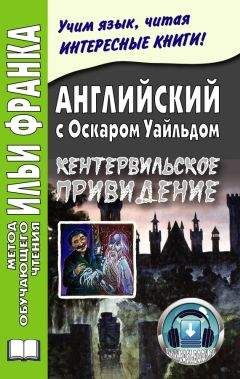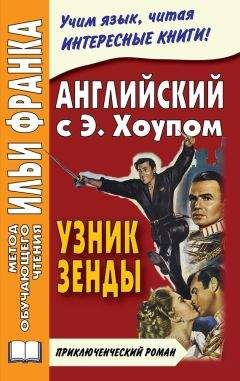Эльмира Патеева - Английский язык
Все авторские права соблюдены. Напишите нам, если Вы не согласны.
Описание книги "Английский язык"
Описание и краткое содержание "Английский язык" читать бесплатно онлайн.
Данное учебное пособие предназначается для студентов, обучающихся по направлениям подготовки бакалавров 110800 «Агроинженерия» и 190600 «Эксплуатация транспортно-технологических машин и комплексов»
Wordlist
concept – концепция, понятие
to be injected – впрыскиваться
to receive a patent – получить патент
to envision – представлять себе
suitable for practical use – пригодный для практического применения
Answer the questions:
1. When was Rudolf Diesel born?
2. How did he envision an engine?
3. What did he receive a patent for?
4. When did the first engine suitable for practical use appear?
Text 9Nicola Tesla (1856-1943)Nicola Tesla was a Serbian-American inventor, electrical engineer, mechanical engineer. physicist. American inventor Nicola Tesla patented an electricity-generating and distribution system that transmitted alternating current (AC). He developed and applied many other important ideas in the fields of electricity and radio.
The Tesla coil, an induction coil he invented, is used in radio technology and operates at every high frequencies.
Tesla worked briefly for the American inventor Thomas Edison (18471931), but they fell out because they disagreed about the best form of electric current to use for large-scale supply.
In the end, Tesla's alternating current system was favored over Edison's direct current (DC) system.
Wordlist
alternating current – переменный ток
current – ток coil – катушка
high frequencies – высокие частоты
to fall out – распадаться
Answer the questions:
1. Where is Nicola Tesla from?
2. What sphere did he work in?
3. What did he develop?
4. Whom did he work with? What was their disagreement?
Text 10Alfred Bernard Nobel (1833-1896)Alfred Bernard Nobel was Swedish inventor and philanthropist. He was a son of a bankrupt, but became a millionaire; a scientist with a love of literature. He made a large fortune but lived a simple life. He was cheerful in company, and often sad in private.
A lover of mankind, he never had a wife or family to love him, a patriotic son of his native land, he died alone on foreign soil.
He discovered a new explosive, dynamite, to improve the peacetime industries of mining and road building, but saw it used as a weapon of war.
He was born in Stockholm on October 21, 1833 but moved to Russia with his parents in 1842, where his father made a strong position in engineering industry. He made a lot of money for his invention of landmine, but later went bankrupt. Alfred came to Sweden in 1863, and started his own study of explosives in his fathers laboratory.
He had never been to school or University but he studied privately and by the time he was twenty he became a skillful chemist and excellent linguist, speaking Swedish, Russian, German, French and English. Like his father, Alfred Nobel was imaginative and inventive, but he had better luck in business and showed more financial sense.
He was quick to see industrial openings for his scientific inventions and built up over 80 companies in 20 different countries. Indeed greatness lay in his outstanding ability those of a forward-looking industrialist.
But Nobel?s main concern was never with making money or even making scientific discoveries. He was always searching for a meaning to life, and from his youth he had taken a serious interest in literature and philosophy. Perhaps, because he could not find ordinary human love- he never married- he came to care deeply about the whole of mankind. He was always generous to the poor. His greatest wish, however, was to see an and to wars and he spent much time and money working for this cause until his death in Italy in 1896.
His famous will, in which he left to provide prizes for outstanding works in physics, chemistry, psychology, medicine, literature and peace, is a memorial to his interests and ideals. And so, the man who felt he should have died at birth is remembered and respected long after his death.
Wordlist
bankrupt- банкрот
cheerful- весёлый, радостный
explosive- взрывчатое вещество
weapon- оружие
peacetime- мирное время
landmine- мина
imaginative- образный
to show- показывать
quick- быстрый, быстро
to provide- обеспечивать
to respect- уважать
Answer the questions
1. Who was Alfred Bernhard Nobel?
2. When was Alfred Bernhard Nobel born?
3. What was discovered by him?
Text 11The History of Computer DevelopmentThe rapidly advancing field of electronics led to construction of the first general-purpose electronic computer in 1946 at the University of Pennsylvania. It was Electronic Numerical Integrator And Computer or ENIAC, the device contained 18,000 vacuum tubes and had a speed of several hundred multiplications per minute. Its program was wired into the processor and had to be manually altered.
Later transistors appeared. The use of the transistor in computers began in the late 1950s. It marked the advent of smaller, faster elements than it was possible to create with the use of vacuum-tube machines. Because transistors use less power and have a much longer life, computers alone were improved a lot. They were called secondgeneration computers.
Components became smaller and the system became less expensive to build.
Modern digital computers are all conceptually similar, regardless of size and shape. Nevertheless, they can be divided into several categories on the basis of cost and performance.
The first one is the personal computer or microcomputer, a relatively low-cost machine, usually of desk-top size. Sometimes they are called laptops. They are small enough to fit in a briefcase. The second is the workstation, a microcomputer with enhanced graphics and communications capabilities that make it especially useful for office work. And the server computers, a large expensive machine with the capability of serving the needs of major business enterprises, government departments, scientific research establishments. The largest and fastest of these are called supercomputers.
A digital computer is not actually a single machine, in the sense that most people think of computers. Instead it is a system composed of five distinct elements: a central processing unit, input devices, memory storage devices, output devices and a communications network, called a «bus» that links all the elements of the system and connects the system itself to the external world.
Talking about a central processing unit or the heart of computer; I would like to add that there were several generations of microprocessors. The first generation was represented by processing unit Intel 8086. The second generation central processing unit was represented by processing unit Intel 80286, used in IBM PC AT 286. In the end of 80s such computer costs about 25-30 000 rubles in the former USSR. The third generation is represented by Intel 80386, used in IBM PC AT 386. The microprocessors of the fourth generation were used in computers IBM PC AT 486. There are also central processing units of the fifth generation, used in Intel Pentium 60 and Intel Pentium 66, central processing units of the sixth generation, used in computers Intel Pentium 75,90,100 and 133. Few years ago appeared central processing units of seventh and eighth generations.
Computer speeds are measured in gigahertz today. Recently, an optical central processing unit has been invented, which is capable of executing trillions discrete operations per second or it is as fast as the speed of light.
So, we are at the threshold of new computer era, when artificial intelligence could be invented. There are no questions with «if», the only question is «when». And time will show us either computers become our best friends or our evil enemies as it is shown in some movies.
Wordlist
multiplication – действие, операция
manually – в ручную
second-generation computers – компьютеры второго поколения
Конец ознакомительного фрагмента.
Текст предоставлен ООО «ЛитРес».
Прочитайте эту книгу целиком, купив полную легальную версию на ЛитРес.
Безопасно оплатить книгу можно банковской картой Visa, MasterCard, Maestro, со счета мобильного телефона, с платежного терминала, в салоне МТС или Связной, через PayPal, WebMoney, Яндекс.Деньги, QIWI Кошелек, бонусными картами или другим удобным Вам способом.
Подписывайтесь на наши страницы в социальных сетях.
Будьте в курсе последних книжных новинок, комментируйте, обсуждайте. Мы ждём Вас!
Похожие книги на "Английский язык"
Книги похожие на "Английский язык" читать онлайн или скачать бесплатно полные версии.
Мы рекомендуем Вам зарегистрироваться либо войти на сайт под своим именем.
Отзывы о "Эльмира Патеева - Английский язык"
Отзывы читателей о книге "Английский язык", комментарии и мнения людей о произведении.






